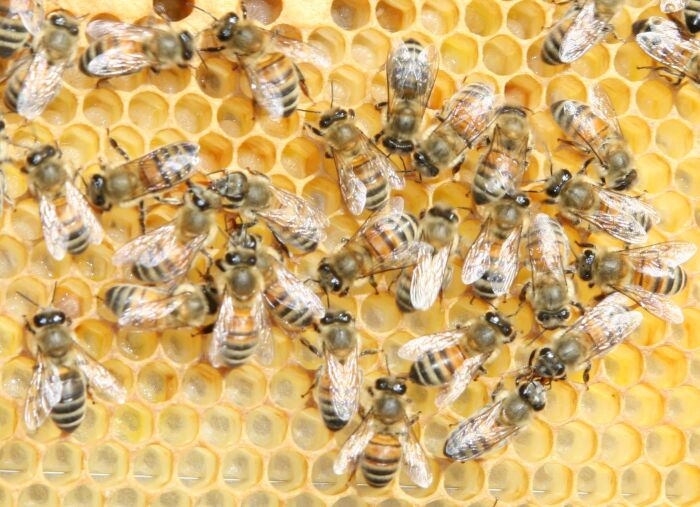One particular thing that interested me in the Discovering Mathematics elective was learning about tessellations. A tessellation is when shapes are fitted together and repeated over and over to cover a surface. There are no gaps between the shapes and the centre angles add up to 360 degrees. Shapes often used are equilateral triangles, squares, stars and hexagons. Tessellations originate from tiling found in the Alhambra in Spain in the 14th century. However, they were made popular by Dutch artist M. C. Escher in the 20th century. His work often featured animals unlike the typical geometric tessellations. I remember my teachers at primary school used to have a pad of colouring sheets that were filled with different intricate patterns and I loved getting one to colour in after finishing my work. I realise now that those patterns were tessellations. I was never explicitly taught about tessellations but I can see how they would be fun thing to do with the children in the future. Furthermore it links maths with art which would hopefully appeal to children and keep them engaged in the maths side of it.
Above is an example of making our own tessellations in class.
Above is an intricate example of tessellations in tiling.
Above is an example of where tessellations occur naturally within a bee hive.




